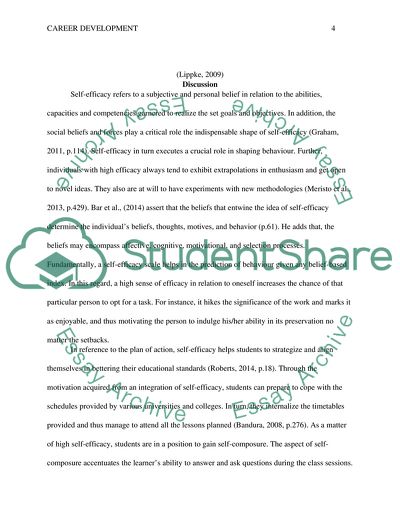Cite this document
(Career Development: Personal Development and Self-Efficacy and Plan Assignment - 1, n.d.)
Career Development: Personal Development and Self-Efficacy and Plan Assignment - 1. Retrieved from https://studentshare.org/human-resources/1876289-career-development
Career Development: Personal Development and Self-Efficacy and Plan Assignment - 1. Retrieved from https://studentshare.org/human-resources/1876289-career-development
(Career Development: Personal Development and Self-Efficacy and Plan Assignment - 1)
Career Development: Personal Development and Self-Efficacy and Plan Assignment - 1. https://studentshare.org/human-resources/1876289-career-development.
Career Development: Personal Development and Self-Efficacy and Plan Assignment - 1. https://studentshare.org/human-resources/1876289-career-development.
“Career Development: Personal Development and Self-Efficacy and Plan Assignment - 1”. https://studentshare.org/human-resources/1876289-career-development.


